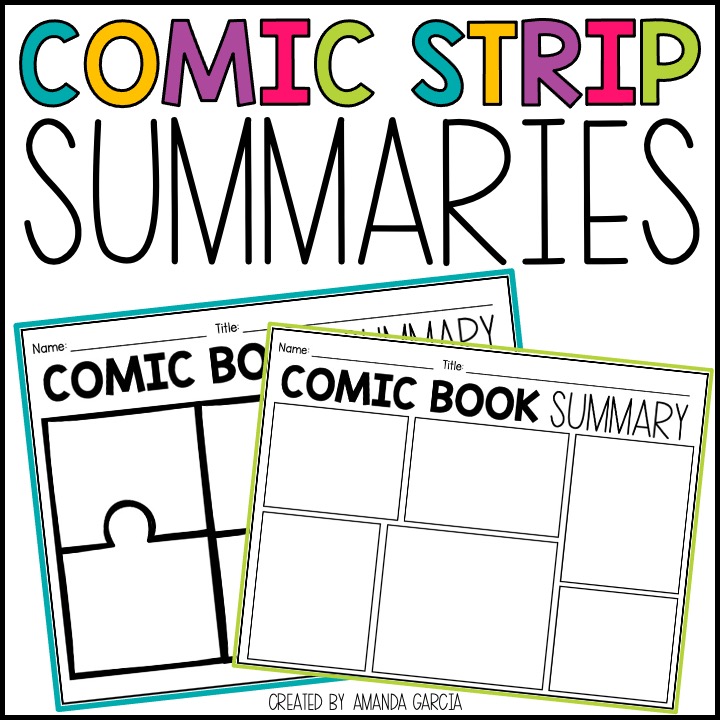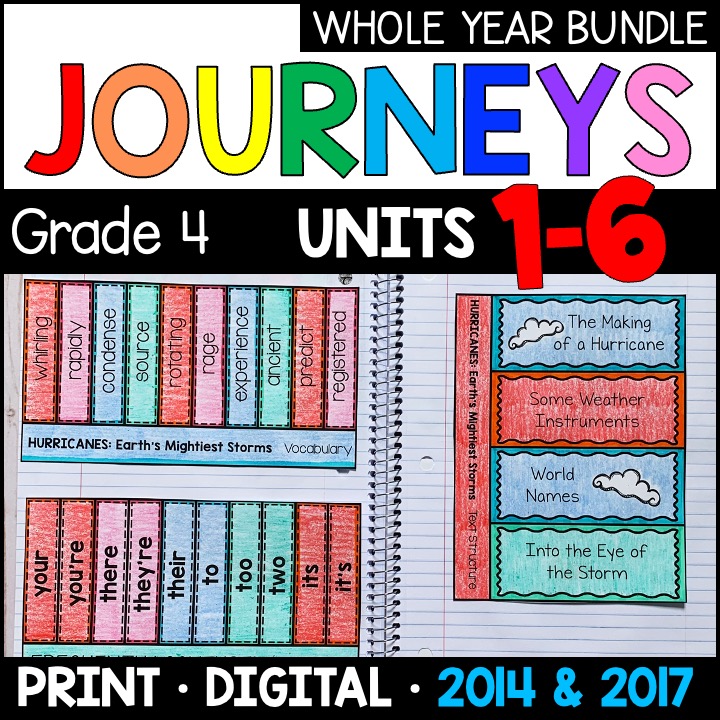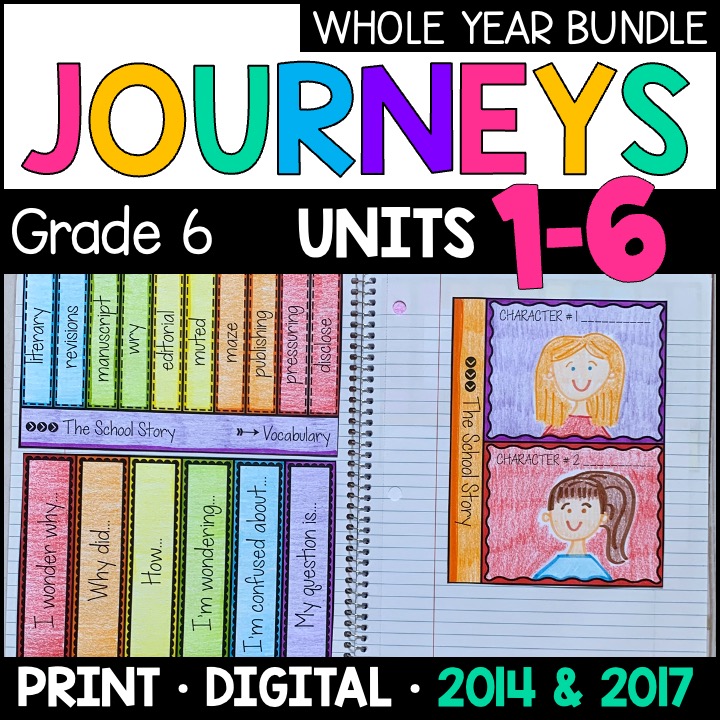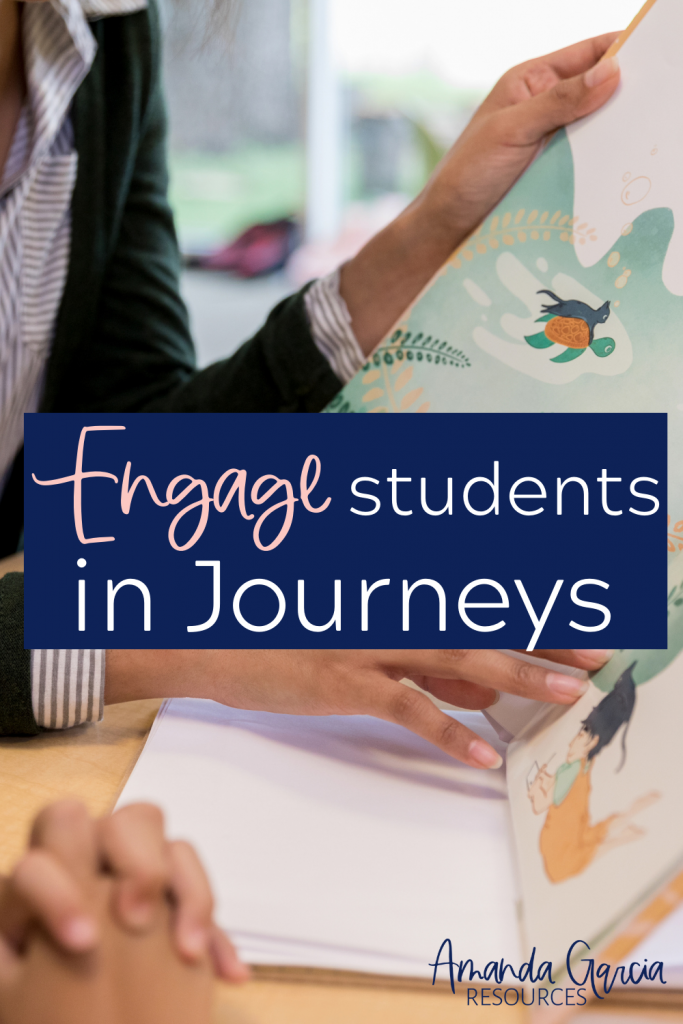
Is your reading block anchored by the Journeys reading curriculum? Does each week start with the prescribed story and laundry list of reading skills and strategies to teach? Keeping students engaged with a reading anthology that “must be taught” can be a struggle. As teachers, we are naturally creative people. Being told what to teach and when to teach it can be a drag. We want to meet the needs of our readers, and we want them to be excited about their learning!
Below are 3 ways to engage students throughout your reading block (plus a free resource!)
1. Read the story to students.
For the first read, approach the text as a story you can’t wait to introduce! Gather the students together on the carpet. If you can’t do that, let them put their heads down while they listen. Read to them. Let the students hear the story the way it was meant to be read. Use voices. Pause for dramatic effect. Model your thinking as you read. “Why would the character say that? How will so-and-so react?” Show the pictures. By not having their textbooks in front of them, students will have to focus in order to follow the plot of the story. Encourage them to visualize.
Yes, students should read the story independently. But this can happen tomorrow. And when they read the story by themselves, they will have the plot in their head. They can look for nuances in meaning as they read, note the humor, irony, and use of figurative language. Having heard the story once before frees up their brains to analyze the text in a new way.
2. Allow students time to work together.
Students love getting to work with a friend. It’s just fun! Allow students a little time each day to work on their reading assignment with a buddy. This doesn’t have to be a 30 minute block of time. It can be as simple as teaching the lesson of the day (cause and effect) and having students put their heads together with a classmate for 10 minutes. They work on completing as much of the assigned practice together as they can, and everyone returns to their seats after the time is up. I like to have students use a red pen or highlighter to draw a line on the paper where their partner work ended. This provides accountability for how well they worked with their partner (did they get any work completed at all?) as well as inform me of their understanding of the task when working independently.
3. Give students opportunities to color, cut, and paste.

Most reading curriculums are text-heavy. There are many questions to answer and paragraphs of texts to read. Allowing students some creativity in responding to their reading helps them stay engaged.
For example, instead of writing a summary of the story, how about letting students draw a comic book summary? The main skills of sequencing and identifying the main ideas are still present, and students get the opportunity to put down the pencil and pick up a crayon!
Below, I’ve added a free download you can print to use with students right away!

Click here to download the free Comic Strip Summaries!
If your school uses the Journeys curriculum, I have the lesson supplements ready to go for you! Each lesson includes story-specific reading skills and strategies, interactive notebook pages, comprehension questions, vocabulary, spelling, and Google Slides for online learning!
Click here to check out the Journeys supplements for 4th grade!

Click here to check out the Journeys supplements for 5th grade!

Click here to check out the Journeys supplements for 6th grade!






